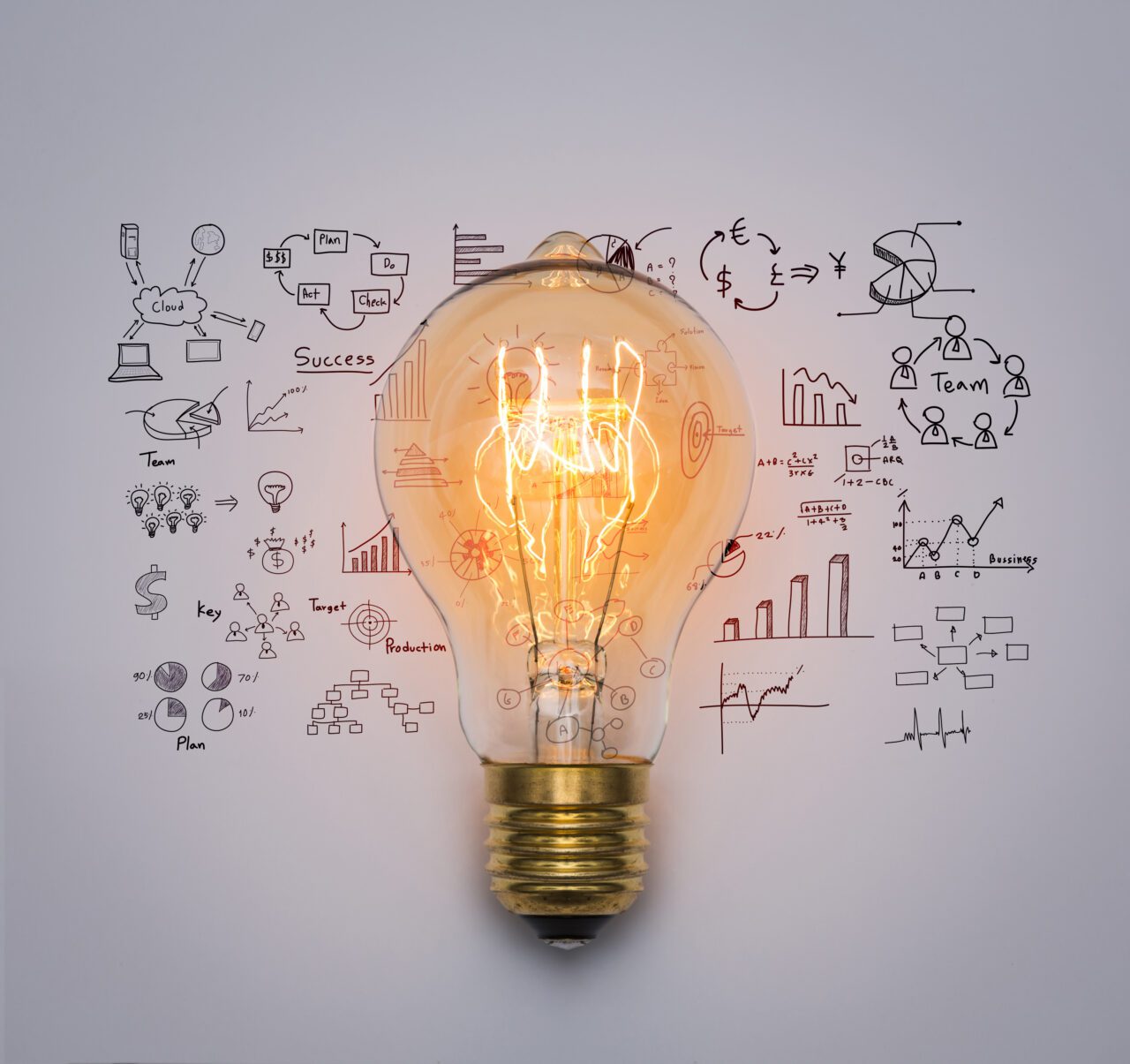Motivation, Big Data, Gamification – how to create loyalty programs with the implementation of the newest technology

Customer loyalty is priceless in this day and age. This means engagement and building a deeper relation between the customer (internal or external) and the brand. In Loyalty 3.0, the foundation of the relationship is motivation, big data gathered and analyzed per unit, as well as gamification.
Table of contents:
Motivation
Thanks to the broad scope of social and behavioral psychology research, we know what motivates people and this allows us to adjust employee and customer loyalty or allow us to stimulate engagement better and more precisely.
According to Paharia, the main motivational factors are:
- autonomy – the feeling of control (“I can buy whatever I want, wherever I want, and whenever I want to”), which is why in our sales support programs, we have moved on from imposing any fixed targets. We have found that allowing the customer to choose the amount and type of purchased products works better as they know best, what they need in their business. We can “only” inspire them to make certain choices through creating an adjusted offer. For example: based on the sales data we are able to choose products that are most often purchased and used that to create the shopping cart to make sure that – apart from them – the customer will also purchase other positions from our offer,
- mastery – the feeling of development (“I see myself in the best-salespeople ranking of the loyalty program”), which is why we have knowledge, sales, and safety rankings in our programs, thanks to which the customers are able to see their progress,
- purpose – the feeling of having an influence (“I am able to influence my sales results in the loyalty program”),
- progress – the feeling of achievement (“I have earned another badge in the loyalty program”),
- Social interaction – the feeling of bonding with others (i.e. a loyalty program user forum).
Big Data
The amount of knowledge, that a person acquires during one day, is equal to the amount, that a person acquired during their whole life in XVIII or XIX century. The amount of data and information, which we share, not even knowing about it, is so big, that we in fact cannot comprehend it. And… it is still growing. Smarter market players know very well, how to use it and work out customer loyalty.
Good implementation of Big Data can increase sales due to reaching target group in micro scale in a precise way. Data about us, the clients, are collected basically everywhere, i.a. thanks to monitoring of social media, the way we use apps, web solutions and – more broadly from the Internet – as well as – in real life, among others by analysing behaviour in the stores.
Thanks to the information concerning the online behaviour – what websites we visit, what do we look at (at a website), how do we search data, for how long do we look at something, what do we buy and so on, we can achieve micro segmentation of users, what translates into direct identification of clients. Due to seasonality, history of sales or location data, from where we visit WWW websites, we can optimize prices in real time. For example plane tickets are more expensive in the summer months.
Gamification
Are you able to count, how much time have you spent on playing your favourite game? Do you know, why you do it? You are motivated, you have created engagement, and maybe even you feel connected to other players… Gamification uses these techniques outside of games in loyalty programs.
What gamification mechanisms are used the most often in loyalty programs? Rajat Paharia distinguishes 10 of them and – what can we say – we basically use all of them in our projects:
- Quick feedback – customer receives information about their activity, for example by receiving points for a quiz, in real time.
- Transparency – user can check at what stage he or she is, for example in the summary of results for the latest quiz.
- Aims – user has and knows the aims that have been set out for short and long-term.
- Badges – users can present their achievements, for example acquiring the Expert badge for fulfilling the quiz without any mistakes for three times in a row.
- Entering higher level – users can achieve various statuses in the community.
- Onboarding – users can learn in an interesting and curious way, for example through quizes, webinars about the brand’s products.
- Rivalry – users can check, how are they doing compared to others.
- Cooperation – users can cooperate with others on the way to achieve the aim, for example by participating in a quiz with a coworker from the same point of sale.
- Community – users see what the community is doing and the community sees, what the users are doing.
- Points – users have tangible, measurable proofs of their achievements, for example by earning points, stamps, symbols, currency
References
Literature:
- R. Paharia, Lojalność 3.0. Jak zrewolucjonizować zaangażowanie klientów i pracowników dzięki big data i grywalizacji, Wyd. MT Biznes, Warszawa 2014.
- P. Tkaczyk, Grywalizacja. Jak zastosować mechanizmy gier w działaniach marketingowych, Wyd. Helion, Warszawa 2012.
- M. Tesławski, Lojalność konsumenta. Jak budować trwałe relacje z klientem, Wyd. Helion, Warszawa 2012
Electronic publications:
- https://interactivesystems.pl
- https://marketingprzykawie.pl
Author: Joanna Kozłowska
Product Owner
Joanna has been involved in projects for years - she understands the specificity of B2B loyalty programs. She is particularly interested in optimization solutions and user value.
Editorial: Ewa Nowaczyk-Przybylak
Translation: Monika Witkowska

Managing Director
+48 728 877 351
k.skocki@interactivesystems.pl
- you will find solutions to your challenges;
- you will learn the mechanisms to activate B2B partners and customers;
- you will get a reliable valuation and implement the loyalty program concept.
Want to find out if you’re getting the most out of your sales support?
Use our performance calculator and see what it looks like for you!



